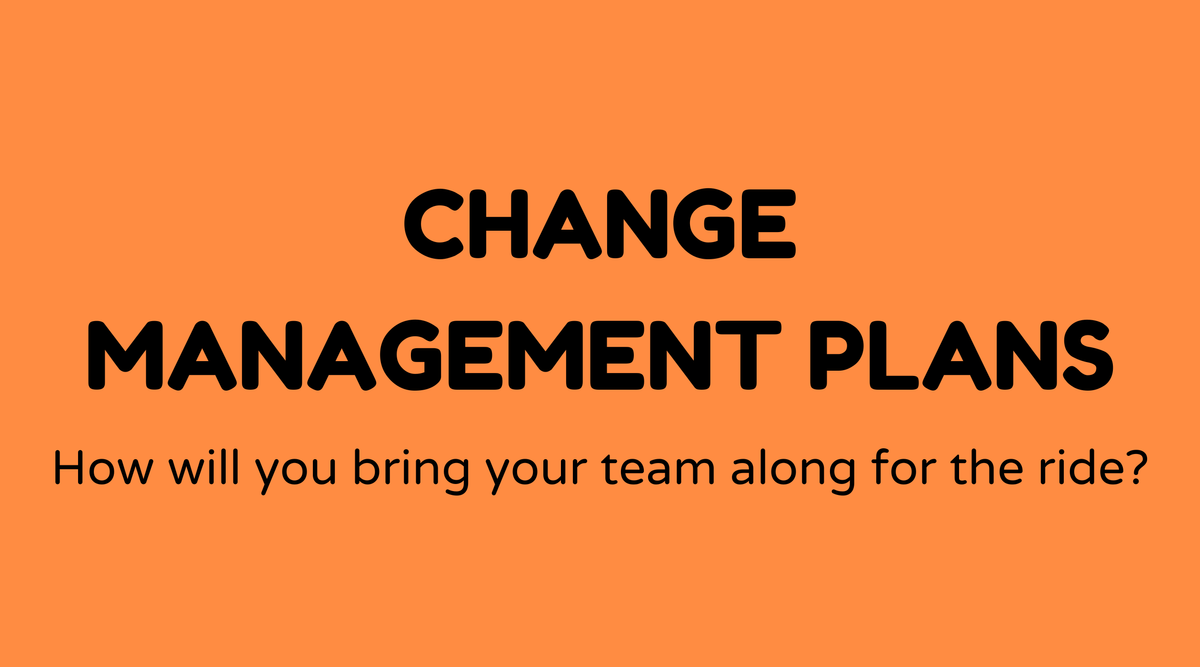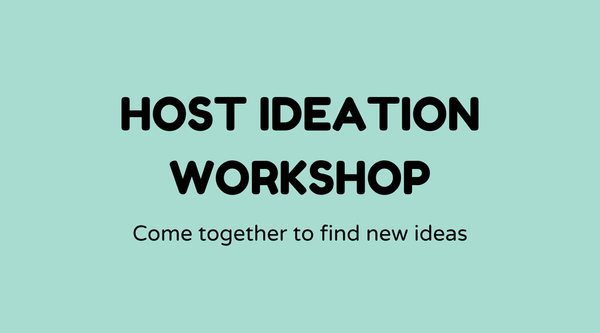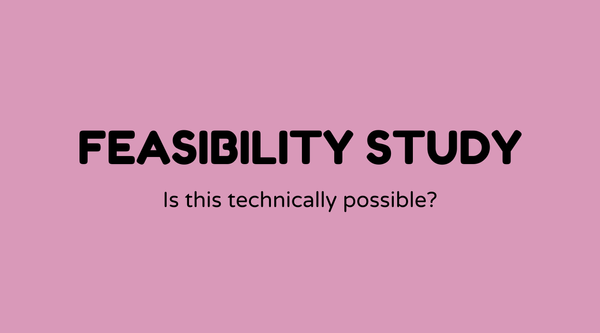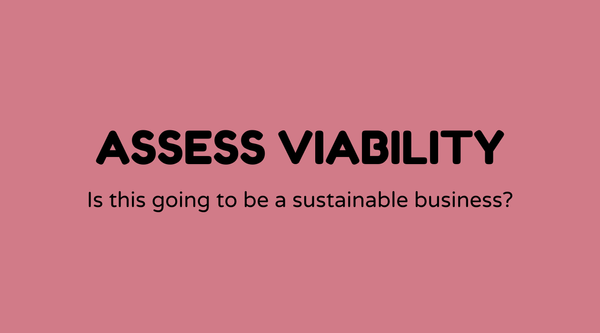Communication / change management plans

Overview of Communication / Change Management Plans
Imagine a ship navigating through a sea of transformation. That's what organizations encounter during a shift. To steer through these waters smoothly, communication and change management plans serve as the sails directing the crew. They help ensure everyone understands and aligns with the direction.
Why Communication / Change Management Plans Are Important
Changes in a company, whether large or small, can create instability within the workforce. Employees might feel lost without a proper communication strategy. Communication plans bridge the gap by delivering clear, consistent, and straightforward information. They assist in minimizing resistance and increasing support from employees. Research from McKinsey indicates that organizations with effective change management practices are 3.5 times more likely to excel compared to their competitors.
What is a Communication / Change Management Plan?
A communication plan outlines the who, what, when, and how of information sharing during changes. Conversely, a change management plan details the steps needed to guide an organization through transitions, whether related to new policies, technologies, or other modifications. Together, these plans ensure that all stakeholders are coordinated, engaged, and informed.
How to Create a Communication / Change Management Plan
- Define Objectives: Understand what the change intends to achieve.
- Identify Stakeholders: Determine who needs to receive information and tailor messages accordingly.
- Choose Channels: Decide on the best methods for your audience, such as emails, meetings, newsletters, or an intranet.
- Develop Key Messages: Create clear and impactful messages that resonate with stakeholders.
- Establish a Timeline: Specify when and how often communication will take place.
- Feedback Loop: Promote two-way communication and remain open to receiving feedback.
- Monitor and Adjust: Regularly evaluate the effectiveness of the plans.
- Example: When implementing a new software system, start by informing employees through a town hall meeting, followed by comprehensive newsletters and personalized training sessions.
Sample Agenda for a Communication / Change Management Workshop
- Introduction to Change Management: Overview and significance
- Understanding the Audience: Recognizing stakeholders and their needs
- Crafting the Message: Guidance on developing key messages
- Choosing the Right Channels: Examining different communication platforms
- Interactive Session: Simulating a change scenario
- Q&A Session: Addressing participants’ concerns
Examples of Communication / Change Management Plans
-
Case Study: Microsoft: During their transition to cloud-based services, Microsoft employed thorough communication strategies to facilitate a smooth change for both employees and customers.
-
Healthcare Sector: Hospitals frequently update procedures with solid change management plans to minimize risk and ensure patient safety.
-
Retail Businesses: The rollout of new POS systems requires detailed training and communication to avoid service interruptions.
FAQs
How does change management enhance employee engagement?
By involving employees in the process, it allows them to feel appreciated and engaged.
Can communication plans alleviate resistance to change?
Yes, clear communication reduces fears and curtails rumors, contributing to lower resistance.
Are there digital tools to support communication plans?
Definitely! Tools such as Asana, Slack, and Zoom facilitate effective communication.
What's the role of leadership in change management?
Leaders build trust, offer guidance, and serve as examples during transitions.
How do you measure success in change management?
By analyzing KPIs such as employee feedback, productivity levels, and milestone accomplishments.
What if a change management plan encounters challenges?
Review what went wrong, learn from experiences, and adjust the plans as needed.



